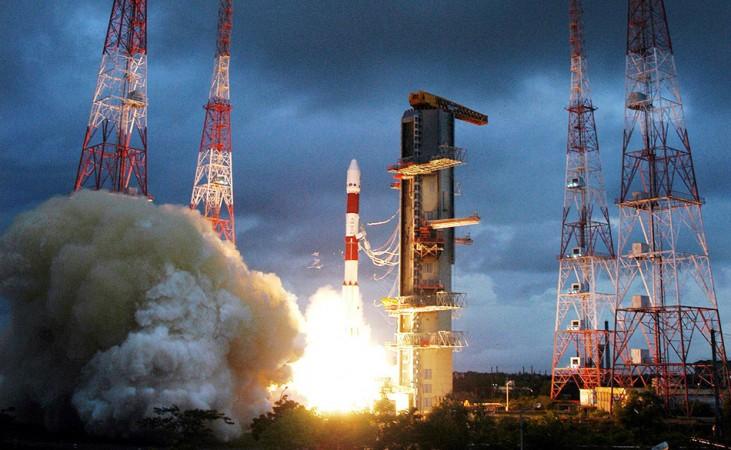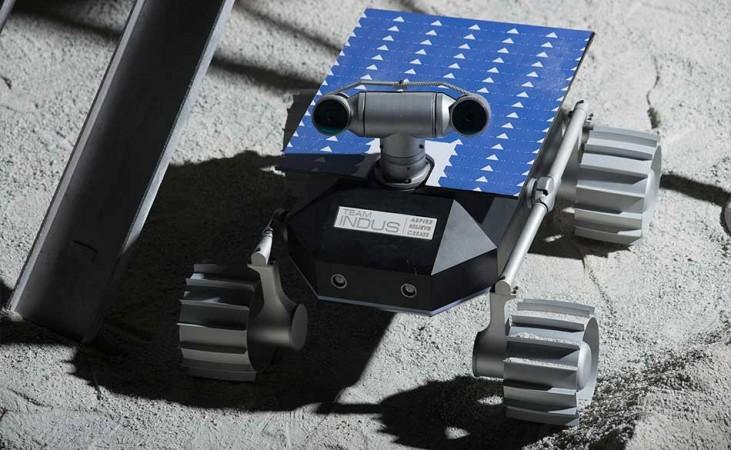Bengaluru-based private firm TeamIndus is scheduled to send its spacecraft to the moon by the end of this year, and it is getting closer to accomplishing its dream mission. The company is ready to start testing of the qualification model spacecraft after which the flight model will be built.
The flight model of the spacecraft will be launched aboard the Indian Space Research Organisation's Polar Satellite Launch Vehicle (PSLV) from Satish Dhawan Space Centre in Sriharikota in late 2017. If successful, it will not only become world's first private firm to land a spacecraft on the moon but also boost India's knowledge in moon-landing technology.
"We have built a qualification model of the spacecraft, which will undergo rigorous testing at Isro's test facility in August second week. The next step will be building the flight model, which will be flown," Sheelika Ravishankar, in-charge of the firm's marketing, told The Times of India.

TeamIndus is one of the five finalists in the Google Lunar XPrize (GLXP) competition and the only team from India (two teams from the US and one each from Israel and Japan). To win the $30 million GLXP, the spacecraft to be sent to the moon should be 90 percent private-funded, traverse 500 metres on the moon surface and transmit HD pics and videos to Earth.
The team consisting of more than 100 experts and guided by two dozens of retired ISRO scientists, has developed a 600kg spacecraft and a 5 kg TeamIndus MoonRover codenamed ECA or Ek Chhoti si Asha (a small hope). The spacecraft will also carry a rover designed by Japanese students and cameras for the French space agency CNES. It has already been validated by the Google Lunar XPrize with the award of a $1million milestone prize in 2014 after undergoing vigorous tests.

According to the information provided on TeamIndus website, in 12 minutes from launch, "the PSLV will inject the spacecraft into an orbit of 880 km x 70,000 km around the Earth. The spacecraft will then orbit the earth two and half times, raising our apogee – the greatest distance from the Earth in an elliptical Earth orbit – by 10,000 km each time by firing its thrusters."
The spacecraft will reach a peak speed of 10.3 km/second and will take seven and half days after trans lunar injection (TLI) to reach a distance of 100 km from the Moon before it decelerates and starts orbiting around it after getting into its gravity. At the crack of the lunar dawn, the spacecraft thrusters will be fired to decelerate and decrease the orbit, closer to the surface of the Moon. It will finally land on Mare Imbrium (meaning Sea of Showers in Latin), a vast dusty plain on the Moon.
The team hopes to soft land their rover on the moon by December 2017.


















